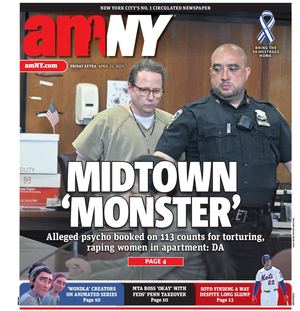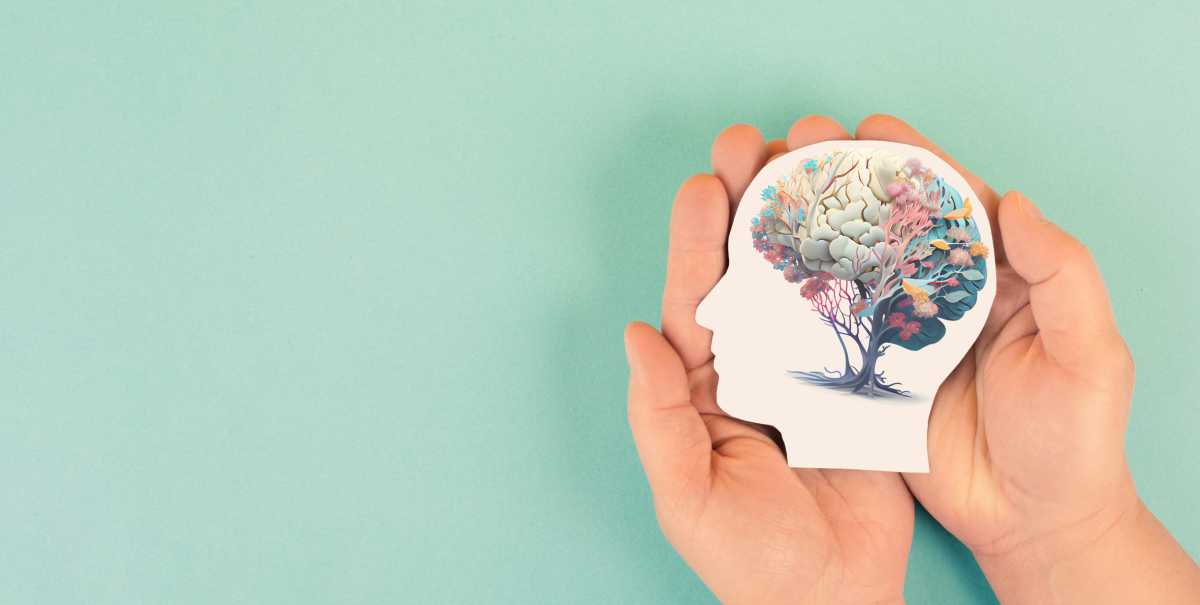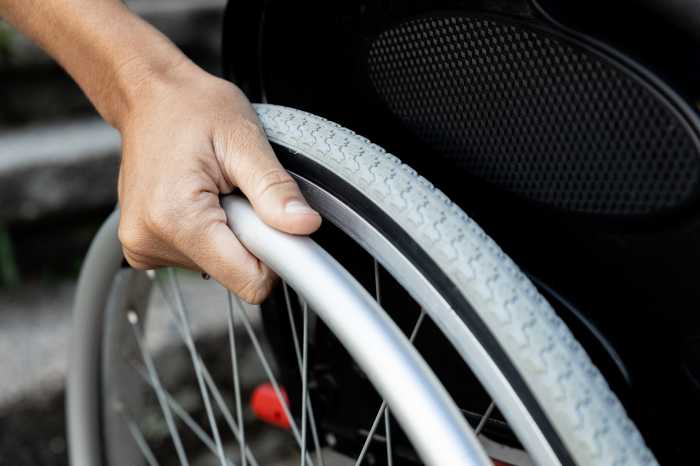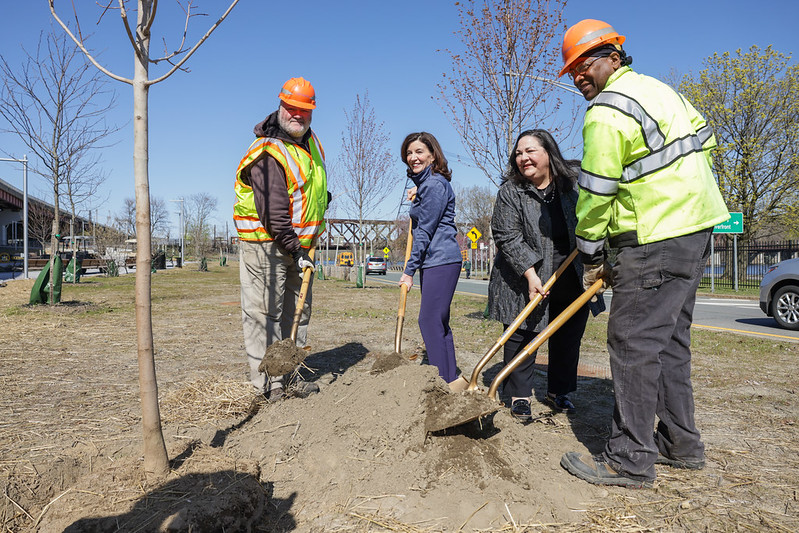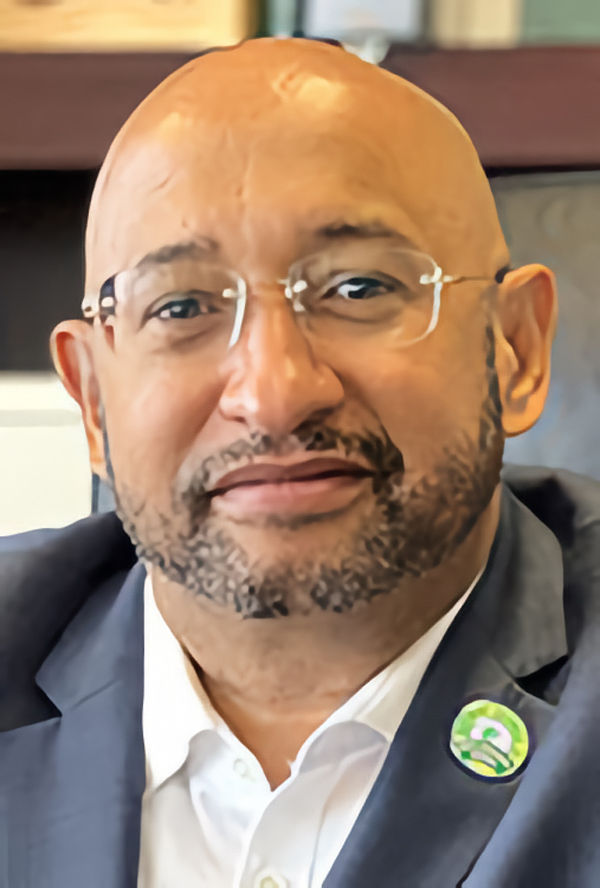A first-of-its-kind study from the city that despite the overall improvements to post-pandemic mental health, New Yorkers have trouble accessing mental services.
The study, entitled the State of Mental Health of New Yorkers, was released by the Department of Health and Mental Hygiene on May 31. According to the department, the study looked at data across multiple age groups, spanning children and youth to adults, including formal diagnoses, measures of well-being, and environmental factors that may affect these outcomes, such as access to resources and use of mental health services.
“Clear understanding of New Yorkers’ mental health and the factors that shape their wellbeing improves our ability to best meet the needs of the 8.5 million people we serve,” said Health Commissioner Dr. Ashwin Vasan. “What we see in the data is that mental health is neither static nor homogenous. We see a deep crisis in some communities, while observing relative wellness in others. We also see an evolving post-COVID-19 picture of New Yorkers recovering from some of the worst impacts of the pandemic and longer-term effects still developing. This report represents a landmark moment, the start of a process where the city’s mental health is routinely reported on as a civic responsibility.”
Unmet needs and psychological distress
According to the study, nearly one in four New Yorkers experience a mental health disorder in a given year, similar to the national average. However, though around two-thirds of adults with a diagnosis received treatment in the past year but 34 percent report unmet mental health needs, which can be due to cost or stigma. Treatment access varies widely by community, with Asian New Yorkers accessing care the least.
Of the 15% of New Yorkers who have been diagnosed with a serious mental illness, the report states that more than two-thirds of adults with intellectual and developmental disabilities also have one or more mental health diagnoses.
In exploring the mental health of New Yorkers before and after the height of the COVID-19 pandemic, the study notes that a 2022 survey found that 14% of adult New Yorkers had serious psychological distress, described as having problems functioning due to negative emotional or mental experiences, at that time. Previous surveys also found that 5% of adults had serious psychological distress, with a 2023 survey showing that 8% of adult New Yorkers had recently experienced serious psychological distress.
Current data shows that the mental health of New York City adults seems to be improving in the post-pandemic years. Young adults (18-24) reported more serious psychological distress, social isolation and unmet mental health needs while the oldest New Yorkers (65+) struggled the least with these issues. The study found that stressors impacting mental health to be education access and quality, emotional support, but also physical environment, with adults who witnessed or experienced violence in their neighborhood, happened upon rodents, lacked heat in the most recent winter or recently saw mold in their home were more likely to experience serious psychological distress than adults who had not. Also, less than half of New Yorkers surveyed said they had someone to count on for frequent emotional support.
The use (or misuse) of substances among New Yorkers
According to the report, in 2022, 45% of adult New Yorkers drank at least one alcoholic drink and 21% engaged in binge drinking in the past 30 days. Alcohol was the most consistently used substance by New Yorkers, followed by cannabis, with 23% of New Yorkers surveyed reporting any use of cannabis in 2023.
During this same period, 2.9% of New Yorkers reported misuse of a prescription opioid or benzodiazepine, while 3.2% of New Yorkers reported using drugs other than alcohol or cannabis. Approximately 207,000 New Yorkers reported receiving any substance use treatment during 2023, but nearly 90,000 New Yorkers reported an unmet need for substance use treatment.
The mental health of children
When surveying younger New Yorkers, the survey found that in both 2019 and 2021, 15 percent of children aged 3 to 13 had a mental health diagnosis, with the most common diagnosis in 2021 being anxiety, followed by depression. Latino, Black and white children were more likely to have mental health diagnoses compared with Asian or Pacific Islander children, according to data.
A 2023 survey found that among teenagers, most worry about the future, something bad happening to them or to their families, which may be a sign of anxiety. The same survey found that 48% of teens experienced depressive symptoms ranging from mild (27 percent) to severe (11 percent).
Teens showed more signs of resilience, however, with 69% stating that their level of resilience was medium or high. The survey found that common coping mechanisms among teens were listening to music, using social media, and making jokes about their situation. However, the data also show that young people who report daily social media use were highly likely to worry (90 percent), and 28% of teens who use social media on a daily basis report moderate to severe depressive symptoms.
“Expanding our awareness of New Yorkers’ mental health and the many environmental factors that shape their daily lives will help us better meet the diverse needs of our neighbors,” said Executive Deputy Commissioner of Mental Hygiene Dr. H. Jean Wright. “I look forward to continuing the work to support the health of the city.”
Click here to read the full report.
Read More: https://www.amny.com/lifestyle/health/mental-health/
